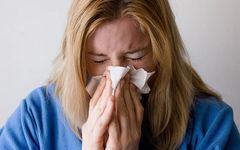During seasonal transitions, changes in weather, or the prevalence of certain viruses and bacteria, it is relatively easy to catch a cold, especially for individuals with weakened immunity. This article discusses what constitutes a cold and how to differentiate between its various types.
A cold is a term used in Traditional Chinese Medicine (TCM) to describe a condition characterized by symptoms such as fever and chills, cough with phlegm, nasal congestion with runny nose, headache, dizziness, muscle aches, and overall fatigue. In Western medicine, a cold falls under the category of upper respiratory infections, which refers to acute inflammation of the nasal cavity, pharynx, or larynx. Most colds are caused by viral infections, with a minority resulting from bacterial infections. Therefore, antibiotics are generally unnecessary for a common cold, and they are only recommended if there are clear signs of bacterial infection in blood tests.
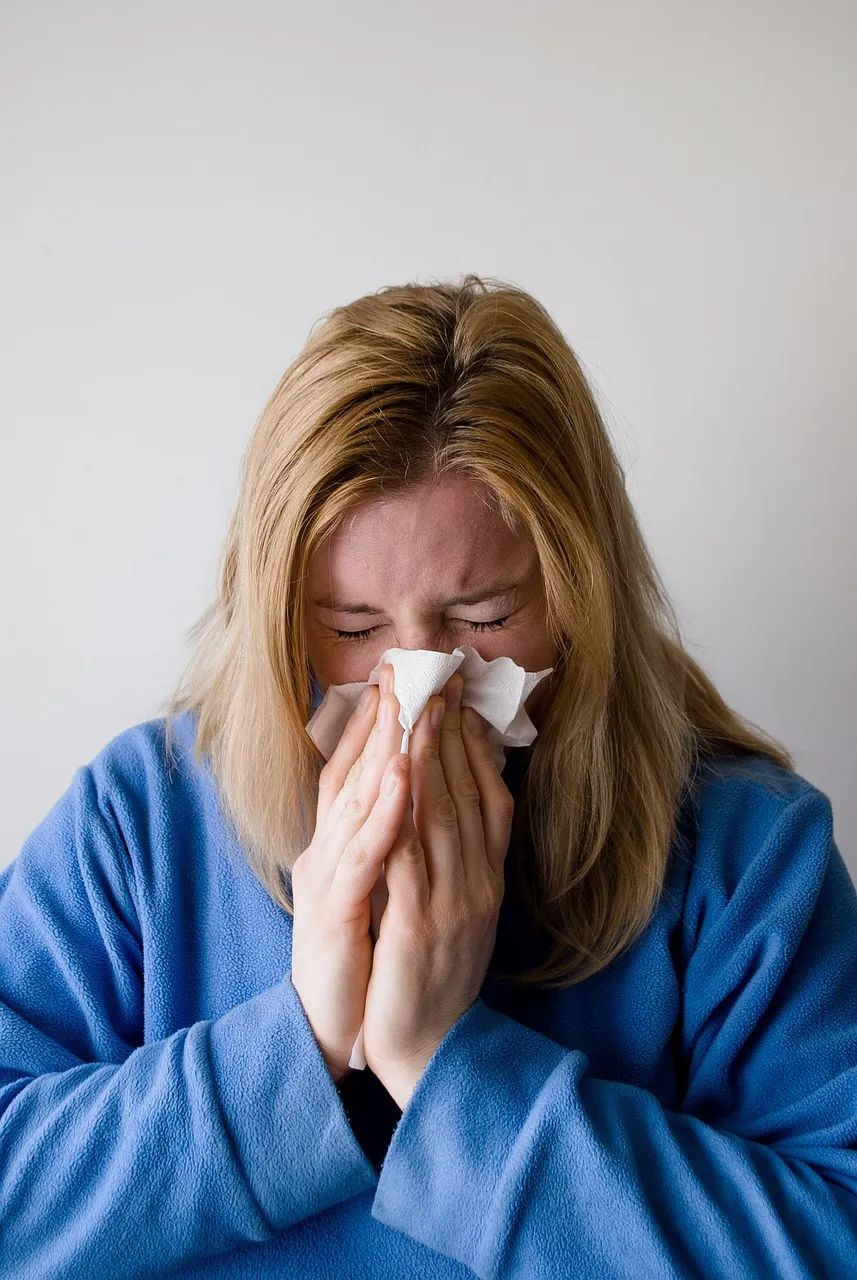
Next, we will discuss the TCM classification and treatment of colds:
1. Wind-Cold Cold (Feng Han Gan Mao):
Typical symptoms: pronounced chills, mild fever, cough with clear and thin white phlegm, nasal congestion with clear runny nose, muscle pain, headache, no significant dry mouth, preference for warm water, normal or loose stools, clear urine, pale red tongue, thin white and moist tongue coating, floating or tight pulse.
Analysis: Wind-Cold colds can be further divided into Wind-Cold Excess (Feng Han Biao Shi) and Wind-Cold Deficiency (Feng Han Biao Xu). Wind-Cold Excess typically presents with more pronounced symptoms of chills, fever, headache, and body aches, with no sweating and a floating tight pulse; Wind-Cold Deficiency generally has milder symptoms of chills, fever, headache, and body aches, with sweating or more sweating and a floating relaxed pulse.
Common representative formulas: For Wind-Cold Excess, use Ma Huang Tang (Ephedra Decoction) or Jing Fang Bai Du San (Schizonepeta and Siler Powder) with modifications; for Wind-Cold Deficiency, use Gui Zhi Tang (Cinnamon Twig Decoction) with modifications; for Wind-Cold with significant internal cold phlegm and cough, use Xiao Qing Long Tang (Minor Blue Dragon Decoction) with modifications; for severe Wind-Cold with irritability, use Da Qing Long Tang (Major Blue Dragon Decoction) with modifications; for significant neck stiffness, use Ge Gen Tang (Kudzu Decoction) or Gui Zhi Jia Ge Gen Tang (Cinnamon Twig Decoction with Kudzu) with modifications; for significant headache, use Chuan Xiong Cha Tiao San (Chuanxiong Tea-Soothing Powder) with modifications; for external Wind-Cold with internal heat, use Jiu Wei Qiang Huo Tang (Nine Herb Decoction) with modifications; for external Wind-Cold with internal dampness and significant gastrointestinal symptoms, use Huo Xiang Zheng Qi San (Agastache Corrective Powder) with modifications.
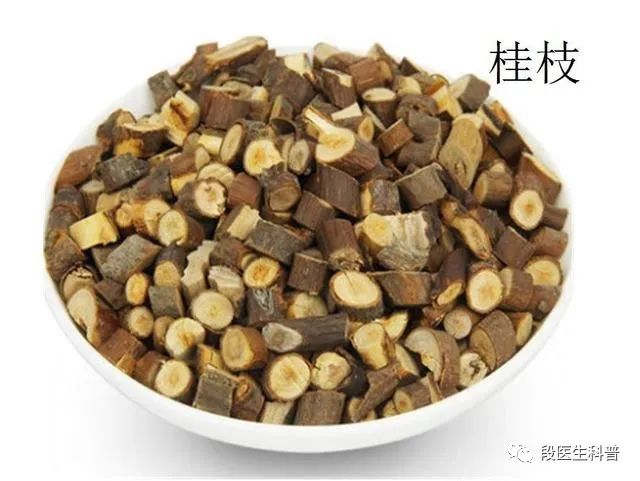
2. Wind-Heat Cold (Feng Re Gan Mao):
Typical symptoms: pronounced fever, slight aversion to wind or no aversion to wind, headache with a feeling of heaviness, flushed face and red eyes, cough with yellow and thick phlegm, yellow and thick nasal discharge, dry or swollen throat, dry mouth, preference for cold water, normal or constipated stools, red tongue, yellow tongue coating, floating rapid pulse.
Common representative formulas: For mild Wind-Heat with cough, use Sang Ju Yin (Mulberry Leaf and Chrysanthemum Drink) with modifications; for ordinary Wind-Heat cold, use Yin Qiao San (Honeysuckle and Forsythia Powder) with modifications; for Wind-Heat cold with significant cough and wheezing, use Sang Ju Yin combined with Ma Xing Shi Gan Tang (Ephedra, Apricot Kernel, Gypsum, and Licorice Decoction) with modifications.
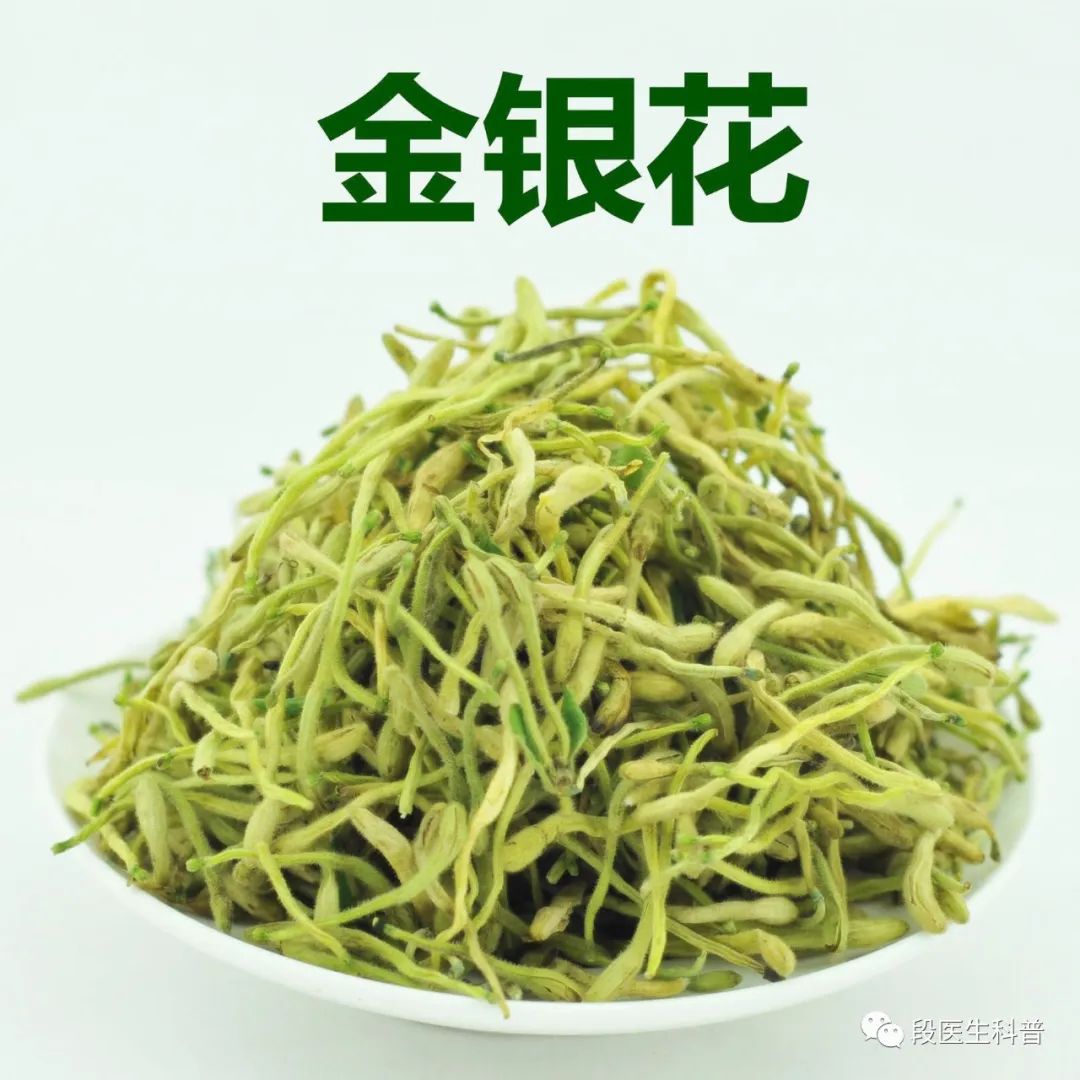
3. Summer-Damp Cold (Shu Shi Gan Mao):
Typical symptoms: often occurs in hot summer, characterized by fever, slight aversion to wind, heavy or painful limbs, headache with a feeling of heaviness, cough with thick phlegm, thick nasal discharge, irritability, sticky mouth, or thirst but not wanting to drink much water, chest tightness and abdominal distension, possibly accompanied by nausea, poor appetite, loose stools, short and red urine, yellow and greasy tongue coating, slippery rapid pulse.
Common representative formula: Xinjia Xiang Ru Yin (Newly Added Agastache Decoction).
4. Qi Deficiency Cold (Qi Xu Gan Mao):
Typical symptoms: frequent recurrent colds, catching a cold easily from slight wind or chill, pronounced aversion to cold, accompanied by fever, significant fatigue and drowsiness, shortness of breath, possibly accompanied by cough, throat discomfort, nasal congestion with runny nose, pale red tongue with thin white coating, floating and weak pulse.
Common representative formulas: Shen Su Yin (Ginseng and Perilla Leaf Drink) with modifications; for significant Qi deficiency and sweating, combine Shen Su Yin with Yu Ping Feng San (Jade Windscreen Powder) with modifications; if aversion to cold is severe, indicating a Yang deficiency cold, use Zai Zao San (Restorative Powder) with modifications.
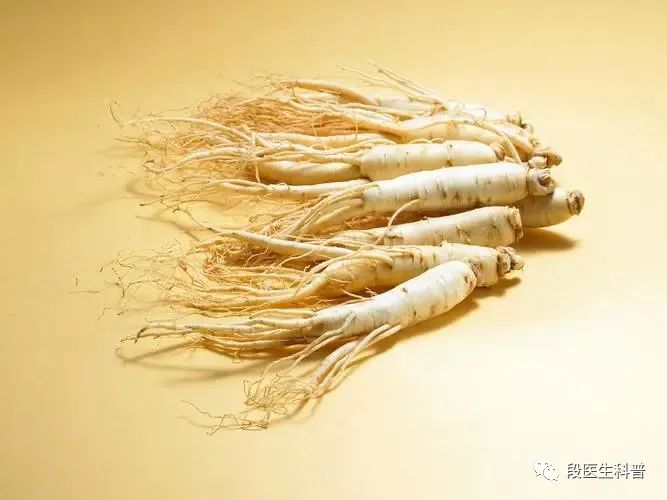
5. Yin Deficiency Cold (Yin Xu Gan Mao):
Typical symptoms: significant body heat, no aversion to cold or slight aversion to cold, dryness of mouth and nose, dry throat with pain, dry cough, dry stools, yellow and red urine, thin rapid pulse.
Common representative formula: Jia Jian Wei Rui Tang (Modified Hemerocallis Decoction).
Most colds are mild and can be cured within 3-7 days. Mild colds often resolve without medication, while those with more severe symptoms or weaker immunity should seek timely treatment. Although most colds are relatively mild, there are some severe cases, especially those with persistent high fever, convulsions, frequent vomiting, significant palpitations, chest tightness, chest pain, and noticeable drops in blood oxygen saturation, as well as significant increases or decreases in blood pressure and heart rate compared to normal. Such cases require immediate medical attention.
This article primarily teaches some common knowledge about colds and TCM classification of colds. Specific medication recommendations should be applied under the guidance of a physician, especially for pregnant women, nursing mothers, infants, and those with multiple underlying conditions. Self-medication is strongly discouraged.
Further information on other diseases and knowledge of Chinese medicine will be introduced later. Interested readers can continue to follow.

